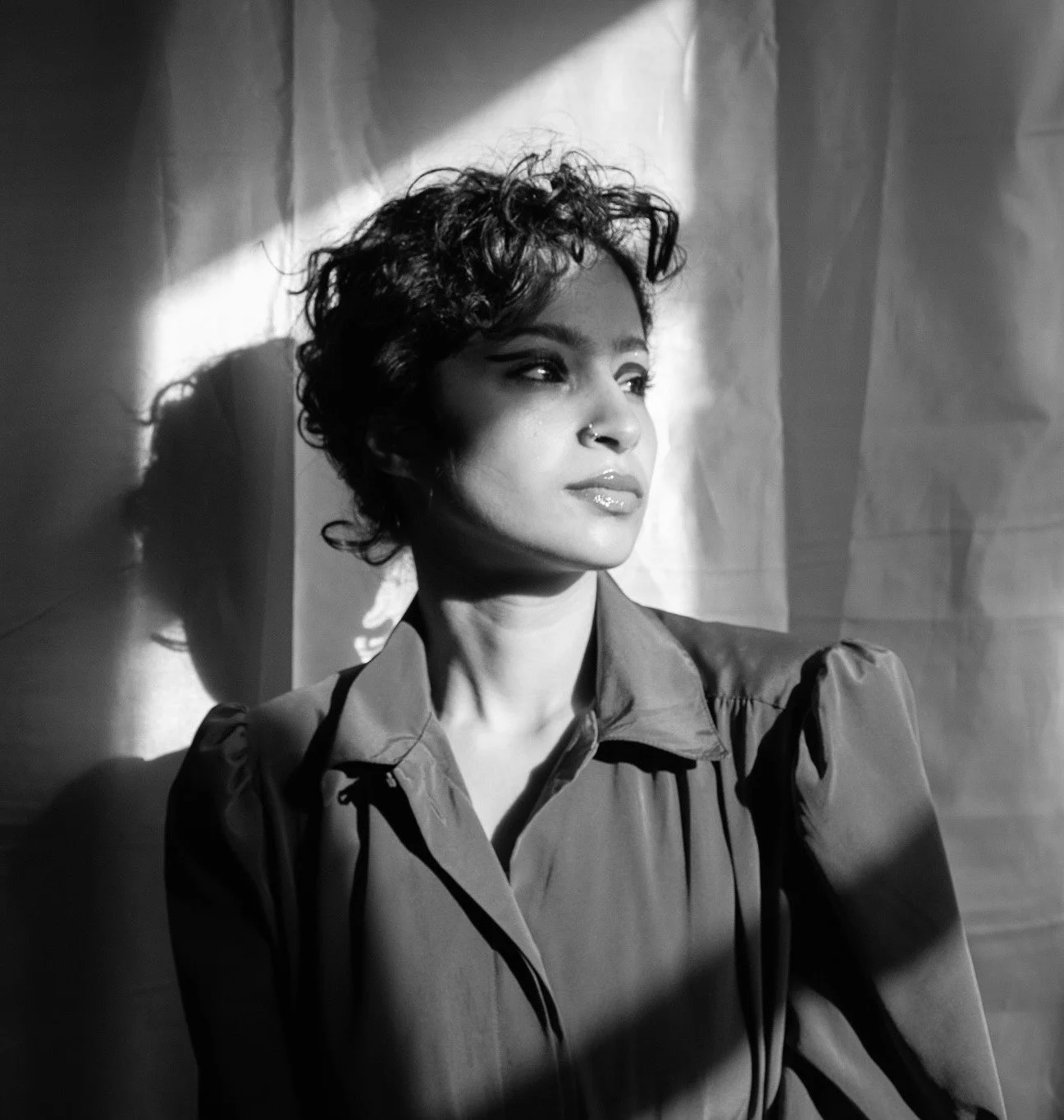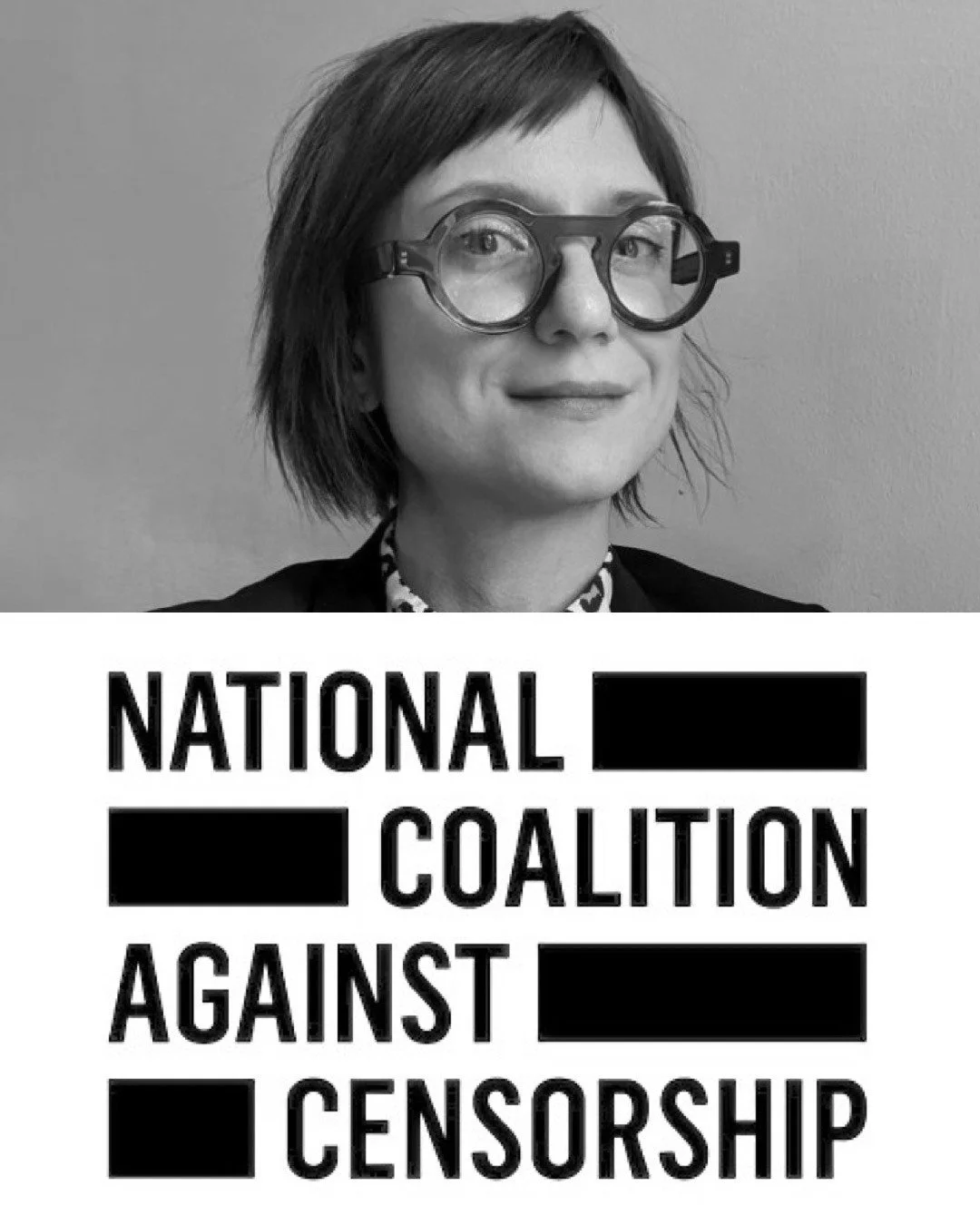Gemma Rolls-Bentley discusses QUEER ART: FROM CANVAS TO CLUB, AND THE SPACES BETWEEN
Photo by Christa Holka
Gemma Rolls-Bentley is a curator, creative consultant & writer who has been at the forefront of contemporary art for nearly two decades. Gemma is the author of the new book Queer Art: From Canvas to Club, and the Spaces Between, published by Quarto and available now.
Interview by Logan Royce Beitmen
Despite the importance of queer identity and queer theory to many contemporary artists, there have been surprisingly few surveys of queer art. Art and Queer Culture (2013) by Catherine Lord and Richard Meyer is one of the few I am aware of. How does your new book differ from theirs or other predecessors?
Over the last decade, I’ve increasingly been working with queer artists in my curatorial practice and other art projects. As a result of my work, I’ve had several people - other curators, museum staff, collectors, and art lovers more generally - ask me to recommend a book that provides an accessible introduction to queer art. There are a few fantastic books around, such as the one you mention, and Harmony Hammond’s Lesbian Art in America (2000), and Alex Pilcher’s A Queer Little History of Art (2017), published by Tate.
However, I couldn’t find a book that considered queer art within the context of the current moment. A lot has happened in the last 50 years since the Stonewall riots gave birth to the global pride movement, but particularly in the past 10 years as the queer art movement has continued to gain momentum. Queer Art isn’t a chronological history. It’s arranged in three acts - queer spaces, queer bodies, and queer power. The art is curated by different themes and viewed through a variety of lenses that are relevant to anyone - home, intimacy, love, etc.
I wanted to write a book that anyone could read, whether they already knew about art or not. I wanted a book that showed LGBTQIA+ people that art plays an important role in capturing, expressing, and shaping our identity. And also a book for people outside of the queer community to learn about our experiences, to see a range of nuanced perspectives, and to experience the vivid joy and creativity that’s so central to queer life.
I like that you organized your book thematically instead of trying to present a conventional linear history. Centering each chapter around a relatable concept like “Home,” “Survival,” or “Love” probably makes it more accessible to a general readership, too. Did you know from the very beginning that you wanted to organize your chapters thematically?
Yes, I did actually. I’m first and foremost a curator and I spend my professional life bringing art together around specific themes in order to open up new conversations or present different ideas and perspectives. That’s the approach I took to selecting art for the book. I felt that organizing the work in this format would create multiple entry points for a diverse audience.
Quarto/Frances Lincoln
You write that when you were at university, “queerness” was not part of the conversation. You only learned that certain artists identified as queer years after you’d graduated. One whom I was personally surprised to see included here was Robert Indiana. Even though he was openly gay, his work was never presented to me as having anything to do with sexual identity or queerness, but viewing it through that lens makes it much more interesting to me. The tilt of the O in his famous LOVE sculpture, for instance, feels like it's resisting being boxed into heteronormative definitions.
I loved discovering the story behind Indiana’s LOVE piece. It really is such an iconic artwork that is universally recognizable. His work appears in most major art collections. There’s an element of the Trojan horse to this work, knowing that the piece was driven by queer romance and heartbreak and now appears in homes and museums all around the world, its queer love infiltrating all sorts of different spaces.
Your subtitle—From Canvas to Club, and the Spaces Between—signals your commitment to exploring the aesthetics of queerness beyond the domain of the commercial art world. As you write in your introduction, “Some of the greatest queer art isn’t found in a gallery or museum but in nightclubs, theatres, the street, a protest, or a parade.” Why was it important for you to look beyond galleries and museums in surveying “queer art”?
The pathways to existing haven’t and still aren’t always straightforward for queer and trans people, which means that our art doesn’t always appear in conventional art spaces. A lot of magic happens in the club and the spaces in which we learn to express ourselves freely, and that’s where some of the greatest art is born, through performance, fashion, activism, and simply being together.
Figurative painting and photography feature prominently here, but you highlight many other kinds of art, as well, including the abstract and conceptual sculptures of Félix González-Torres, Roni Horn, and Ro Robertson. How did you decide on the balance of different media to include?
It seems that for a lot of people when they think of queer art, they expect to see an image of two boys in bed together, something explicitly queer and perhaps sexual. However, queer art takes many forms. The work I included in the book offers some insight into the LGBTQIA+ experience, either explicitly or implicitly.
For example, a domestic interior may not at first appear “queer” but understanding that the space was inhibited by queer people and that it was documented or imagined through the queer perspective adds a whole new layer of meaning to the work. Several of the more abstract or minimal works in the book, such as those you mention, respond to the artists’ own queerness and offer a moment for audiences to reflect on that experience.
Stone (Butch), 2021, Ro Robertson. © Ro Robertson. Image courtesy of the artist, Yorkshire Sculpture Park, Wakefield and Maximillian William, London. Photography: Nick Singleton
Queer art, it seems, can look like just about anything, from the political posters of Dyke Action Machine! (DAM!) to the expressionistic landscape paintings of Bernice Bing to the immersive digital fantasy environments of Jacolby Satterwhite. Even completely abstract art with no overt images or symbols might fall under the rubric of “queer abstraction.” Given this level of expansiveness, it’s probably impossible to define “queer art” according to shared visual qualities, yet “queer art” still feels like an important and meaningful category. What, for you, holds it all together?
I agree, there are of course themes that appear within queer art but there isn’t necessarily one distinctive visual language, which makes sense because the queer experience is multifaceted and can’t be represented by a single viewpoint or specific artistic style. For too long the lives and art of LGBTQIA+ people have been excluded, erased, or misframed throughout history, and because of that it still feels necessary to group art that speaks to queer life together. Art and culture provide space to begin to understand yourself and make sense of your own identity, queer people haven’t always been afforded that space and it feels important to create that space now, for all generations.
Reifying Desire 5, 2013, Jacolby Satterwhite. © Jacolby Satterwhite / Courtesy of the artist and Mitchell-Innes & Nash, New York
One of the artists you present in Queer Art is Jeffrey Gibson, who is currently representing the United States at the Venice Biennale. It’s a milestone event, in that he’s the first indigenous artist to represent the US at the Biennale, but do you see this as an important moment for queer art, as well?
I do, Jeffrey’s art is so bold, vibrant, and joyful. To see the work taking space on such a vital global art platform feels major and fills me with hope for other queer artists and the future of queer art.
THAT'S THE WAY LOVE GOES, 2021, Jeffrey Gibson ©Jeffrey Gibson. Courtesy the artist, Stephen Friedman Gallery, Sikkema Jenkins & Co. and Roberts Projects. Photography by Jason Wyche.
You have curated exhibitions for nearly two decades, including the Platform section at this year’s London Art Fair (2024). How was writing this book similar to and different from your curatorial work?
In many ways I approached this book as a curator, I think you can see that in the way the book is organized, and the way artworks are grouped. I’m interested in bringing work together to pose questions and start new conversations, which is what I hope to do with the book. What’s different is the potential reach of the book. It feels like a big responsibility to create a book that might end up all around the world, in the hands of young queer people that might otherwise not have access to art that reflects their own feelings and desires.
Finally, is there anything you wish I had asked about, or anything else you feel like telling our readers? If so, please share your thoughts!
A lot of people told me that they bought the book for someone that recently came out, or someone still figuring out their own identity. Parents, aunties, and uncles buying it for their young family members. That feels extremely powerful to me, and I hope lots more people will do the same, and not just for pride - we’re queer all year!
Logan Royce Beitmen is a writer and curator who lives in Brooklyn, NY.









